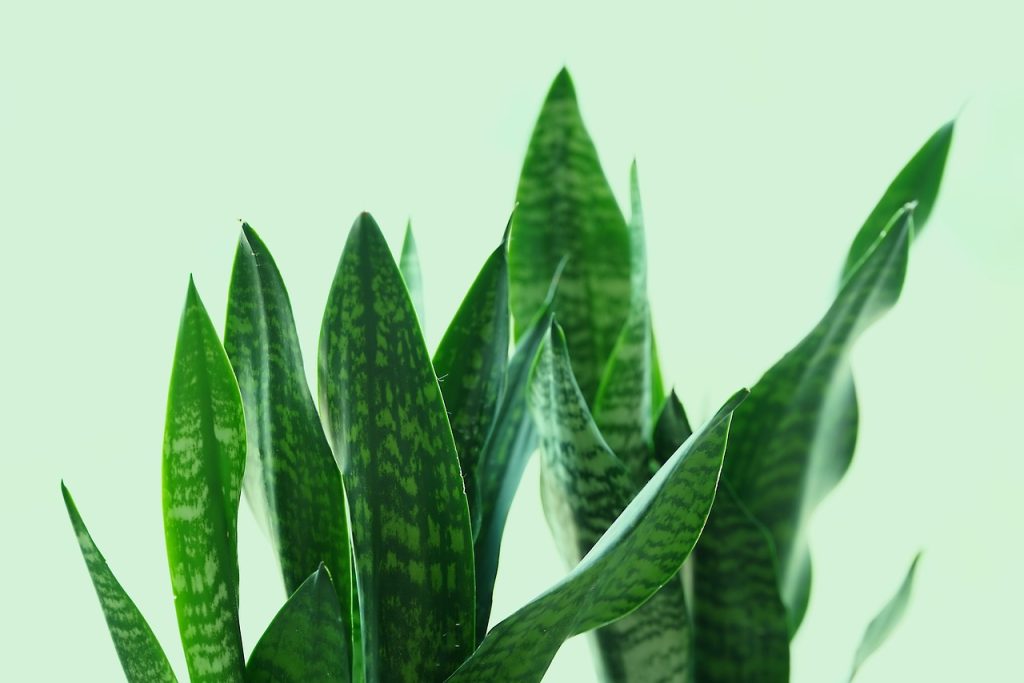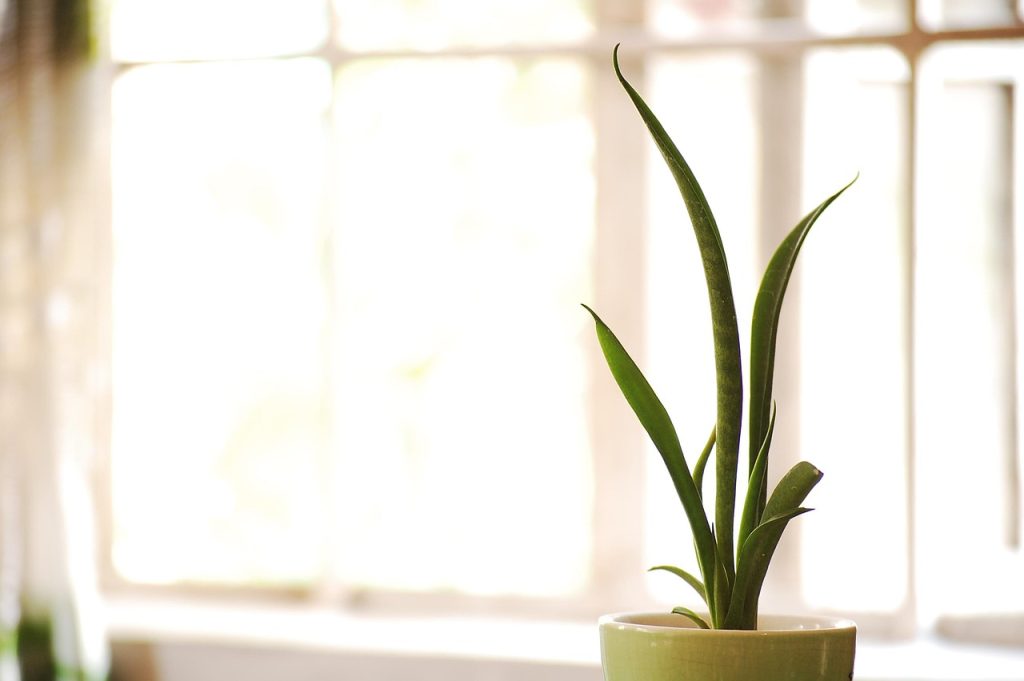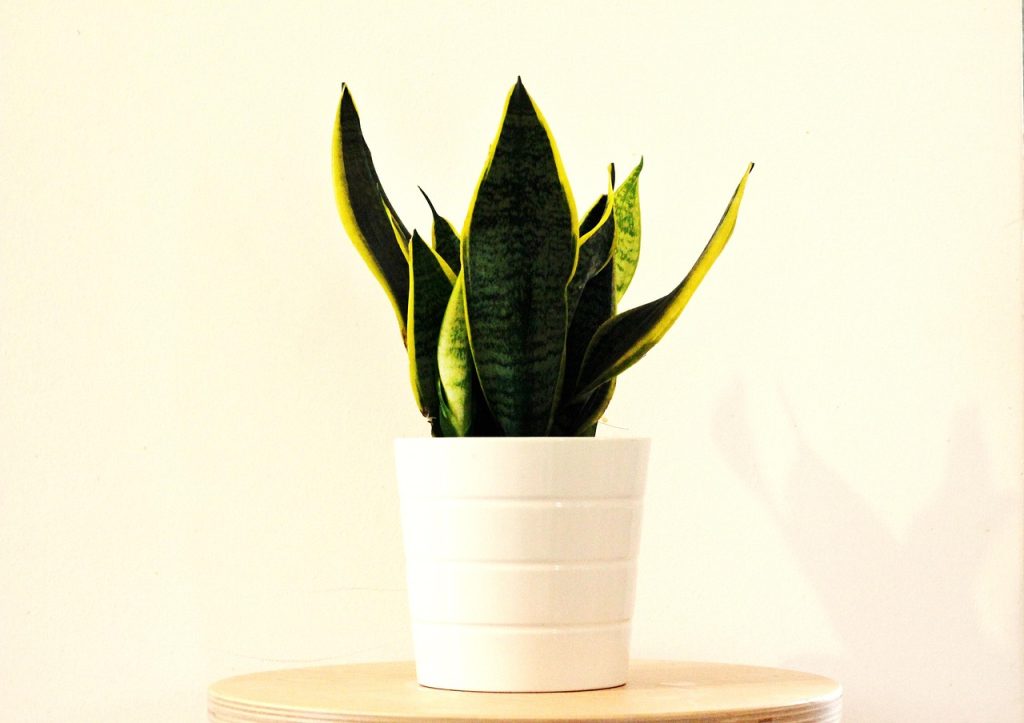Looking to add some tough, stylish greenery to your home? The types of Snake Plants Care & growing guide is your go-to handbook for growing these striking, low-maintenance houseplants. Known for their long, upright leaves and air-purifying powers, snake plants (Sansevieria) come in various types, each with unique looks and easy care needs. Whether you’re a beginner or a plant pro, this guide walks you through the top snake plant varieties, how to care for them, and tips to help them thrive. Let’s dive into the world of snake plants and make your space greener!

Why Choose Snake Plants?
Snake plants are perfect for anyone wanting a hardy, low-fuss houseplant. A 2025 Indoor Plant Trends Report highlights that snake plants are among the top air-purifying plants, removing toxins like formaldehyde. With their sleek, sword-like leaves, they add modern flair to any room. This types of snake plants care & growing guide focuses on their varieties and specific care to keep them healthy.
What Are Snake Plants?
Snake plants, also called Sansevieria or mother-in-law’s tongue, are tough plants with long, upright leaves in green or variegated patterns. They thrive in low light, need little water, and come in many varieties, from tall and spiky to short and rosette-shaped. This guide covers the types of snake plants care & growing guide, detailing their unique looks and needs.
Top Types of Snake Plants and Their Care
Let’s explore the most popular snake plant varieties, their characteristics, and how to care for them. Each type has specific light, water, and soil needs, but all are beginner-friendly.
1. Sansevieria Laurentii (Variegated Snake Plant)
- Description: Tall, sword-like leaves (2–4 feet) with green centers and yellow edges, perfect for modern decor.
- Care Requirements:
- Light: Thrives in low to bright indirect light, tolerates shade but variegation fades in low light.
- Water: Water every 2–4 weeks when soil is dry, avoid overwatering to prevent rot.
- Soil: Well-draining potting mix, like cactus or succulent soil.
- Temperature: 60–85°F, avoid below 50°F.
- Growing Tip: Place near a north-facing window for low light or east-facing for brighter light.
- Why It’s Popular: Striking yellow stripes add a pop of color.
- Fun Fact: Laurentii is a top air purifier, great for bedrooms.
2. Sansevieria Cylindrica (Cylindrical Snake Plant)
- Description: Round, tube-like leaves (1–3 feet) in green or gray-green, often braided for a unique look.
- Care Requirements:
- Light: Prefers bright, indirect light but handles low light well.
- Water: Water every 3–4 weeks, let soil dry completely between waterings.
- Soil: Use sandy, well-draining soil to mimic its desert origins.
- Temperature: 65–80°F, protect from cold drafts.
- Growing Tip: Use a heavy pot to prevent tipping due to its top-heavy leaves.
- Why It’s Popular: Its cylindrical shape is a bold, sculptural statement.
- Fun Fact: Often sold in braided forms for extra style.
3. Sansevieria Moonshine
- Description: Broad, pale silver-green leaves (1–2 feet), giving a soft, modern vibe.
- Care Requirements:
- Light: Best in bright, indirect light to maintain silvery color, tolerates low light.
- Water: Water every 2–3 weeks when soil is dry, less in winter.
- Soil: Well-draining mix with perlite or sand.
- Temperature: 60–80°F, avoid freezing temperatures.
- Growing Tip: Dust leaves gently to keep the silvery sheen vibrant.
- Why It’s Popular: Its unique color brightens dim corners.
- Fun Fact: Moonshine’s pale leaves glow under soft lighting.
4. Sansevieria Zeylanica
- Description: Dark green leaves with gray-green stripes, growing 2–3 feet, ideal for classic decor.
- Care Requirements:
- Light: Thrives in low to medium indirect light, direct sun can scorch leaves.
- Water: Water every 2–4 weeks, allow soil to dry out fully.
- Soil: Standard potting mix with good drainage.
- Temperature: 65–85°F, keep away from cold windows.
- Growing Tip: Rotate the pot monthly for even growth.
- Why It’s Popular: Its bold, striped leaves suit any room.
- Fun Fact: Zeylanica is one of the hardiest snake plant types.
5. Sansevieria Black Coral
- Description: Dark green, almost black leaves (2–3 feet) with subtle variegation, perfect for dramatic spaces.
- Care Requirements:
- Light: Prefers medium to bright indirect light, low light slows growth.
- Water: Water every 3–4 weeks, ensure soil dries completely.
- Soil: Cactus mix or well-draining soil.
- Temperature: 60–80°F, avoid cold drafts.
- Growing Tip: Pair with a sleek black pot for a modern look.
- Why It’s Popular: Its dark leaves add a bold, elegant touch.
- Fun Fact: Black Coral is a favorite for minimalist decor.

6. Sansevieria Hahnii (Bird’s Nest Snake Plant)
- Description: Short, rosette-shaped leaves (6–12 inches) in green with variegated stripes, ideal for small spaces.
- Care Requirements:
- Light: Low to bright indirect light, avoids direct sun to prevent leaf burn.
- Water: Water every 2–3 weeks, less in low light.
- Soil: Well-draining mix with sand or perlite.
- Temperature: 65–80°F, protect from cold.
- Growing Tip: Place on a desk or shelf for a compact green accent.
- Why It’s Popular: Its small size fits tight spaces like offices.
- Fun Fact: Hahnii is nicknamed for its nest-like shape.
Quick Reference Table for Types of Snake Plants Care & Growing Guide
| Snake Plant Type | Height | Light Needs | Watering | Best For |
|---|---|---|---|---|
| Laurentii | 2–4 ft | Low to bright indirect | Every 2–4 weeks | Colorful decor |
| Cylindrica | 1–3 ft | Bright indirect | Every 3–4 weeks | Sculptural style |
| Moonshine | 1–2 ft | Bright indirect | Every 2–3 weeks | Modern spaces |
| Zeylanica | 2–3 ft | Low to medium | Every 2–4 weeks | Classic look |
| Black Coral | 2–3 ft | Medium to bright | Every 3–4 weeks | Dramatic flair |
| Hahnii | 6–12 in | Low to bright | Every 2–3 weeks | Small spaces |
General Care Tips for All Snake Plants
No matter the variety, these tips apply to all types of snake plants care & growing guide:
- Light: Most tolerate low to bright indirect light, avoid direct sun to prevent scorching.
- Water: Water sparingly (every 2–4 weeks) when soil is dry, overwatering causes root rot.
- Soil: Use well-draining soil, like cactus mix, to keep roots healthy.
- Temperature: Keep between 60–85°F, avoid cold drafts or below 50°F.
- Fertilizer: Feed once in spring with diluted houseplant fertilizer (10-10-10), skip in winter.
- Tip: Use pots with drainage holes to prevent soggy soil.
Growing Snake Plants: Step-by-Step Guide
Follow these steps to grow any snake plant variety successfully:
- Choose the Right Pot: Pick a pot with drainage holes, slightly larger than the root ball.
- Select Soil: Use a well-draining mix (cactus soil or potting soil with perlite).
- Plant Properly: Place the plant at the same depth it was in its original pot, firm soil gently.
- Position Wisely: Set in low to bright indirect light, based on the variety’s needs.
- Water Sparingly: Water only when the top 1–2 inches of soil are dry.
- Maintain: Dust leaves monthly, rotate the pot for even growth, and prune dead leaves.
- Tip: Check soil moisture with your finger before watering to avoid overdoing it.

Propagating Snake Plants
Want more snake plants? Propagation is easy:
- Leaf Cuttings: Cut a healthy leaf into 2–3 inch sections, let dry for 1–2 days, and plant in moist soil. Roots form in 4–8 weeks.
- Division: Split the root ball into sections with leaves and roots, then repot.
- Water Propagation: Place leaf cuttings in water (submerge the cut end), transfer to soil once roots are 1–2 inches.
- Tip: Variegated types like Laurentii may lose stripes when propagated by cuttings, use division to keep variegation.
Troubleshooting Common Issues
If your snake plant struggles, try these fixes:
- Yellow Leaves: Overwatering is likely. Let soil dry out and reduce watering.
- Brown Tips: Low humidity or underwatering. Mist leaves or water consistently.
- Leggy Growth: Too little light. Move to brighter, indirect light (12–14 hours daily).
- Pests: Mealybugs or spider mites may appear. Wipe with neem oil (1 tsp per quart) weekly.
- Tip: Inspect plants weekly to catch problems early.
Read More: What Types of Animals Eat Only Plants?
Styling Your Snake Plants
Make your snake plants pop with these decor ideas:
- Choose Bold Pots: Use ceramic or terracotta pots in neutral or vibrant colors.
- Group Varieties: Mix tall Laurentii with short Hahnii for a layered look.
- Use Stands: Elevate smaller types like Hahnii on stands for height.
- Add Texture: Place pebbles on soil for a polished finish.
- Tip: Place in corners or near windows to highlight their upright leaves.
FAQs About Types of Snake Plants
Popular types include Laurentii, Cylindrica, Moonshine, Zeylanica, Black Coral, and Hahnii, each with unique leaves and sizes.
Water every 2–4 weeks when the top 1–2 inches of soil are dry, less in low light or winter.
Yes, most types, like Zeylanica and Hahnii, thrive in low light, but bright indirect light boosts growth.
Yellow leaves usually mean overwatering. Let soil dry out and ensure good drainage.
Use leaf cuttings, division, or water propagation, division is best for variegated types to keep their patterns.
Your Snake Plant Success Guide
This types of snake plants care & growing guide has everything you need to grow these tough, stylish plants. From the vibrant Laurentii to the compact Hahnii, each variety brings unique flair and easy care to your home. With simple steps for light, water, and soil, plus tips for propagation and styling, you’re ready to make your snake plants thrive. Pick your favorite type, follow this guide, and enjoy a greener, cleaner home with these low-maintenance beauties!